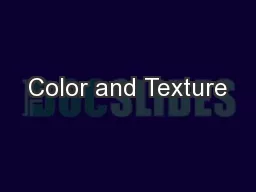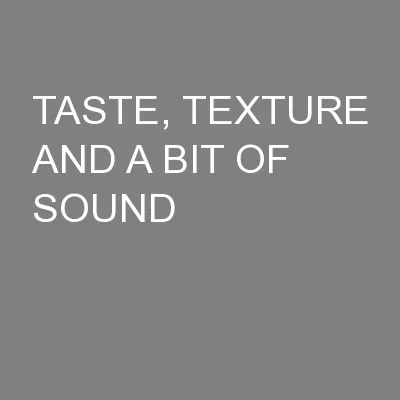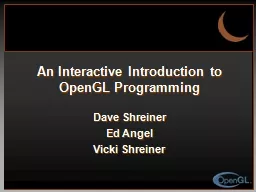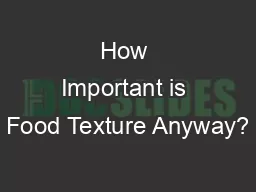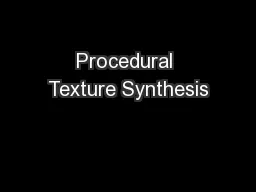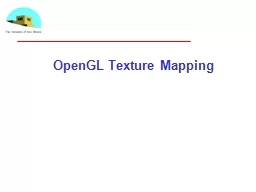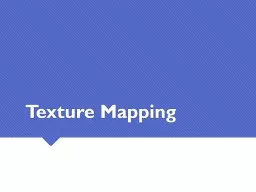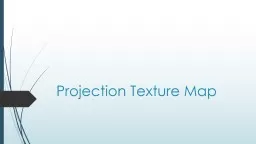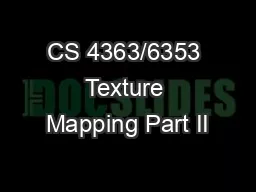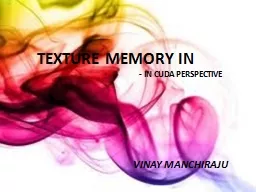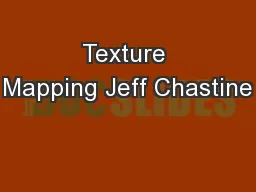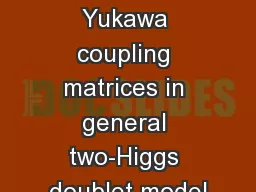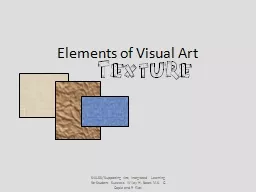PPT-Color and Texture
Author : kittie-lecroy | Published Date : 2016-02-27
Electromagnetic Spectrum Candelas sq meter Computer Screen 18 150 2 orders of magnitude Physiology Receptors Rods active at low light levels night vision only
Presentation Embed Code
Download Presentation
Download Presentation The PPT/PDF document "Color and Texture" is the property of its rightful owner. Permission is granted to download and print the materials on this website for personal, non-commercial use only, and to display it on your personal computer provided you do not modify the materials and that you retain all copyright notices contained in the materials. By downloading content from our website, you accept the terms of this agreement.
Color and Texture: Transcript
Download Rules Of Document
"Color and Texture"The content belongs to its owner. You may download and print it for personal use, without modification, and keep all copyright notices. By downloading, you agree to these terms.
Related Documents

